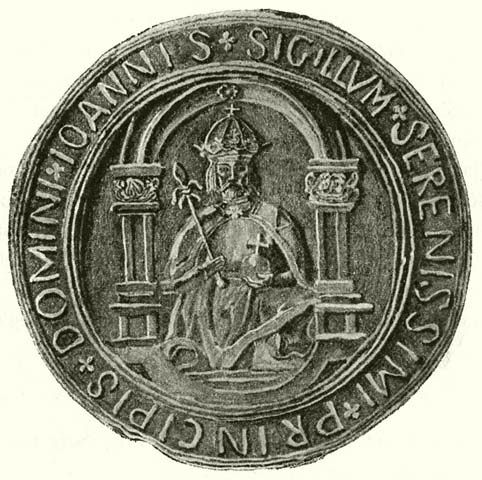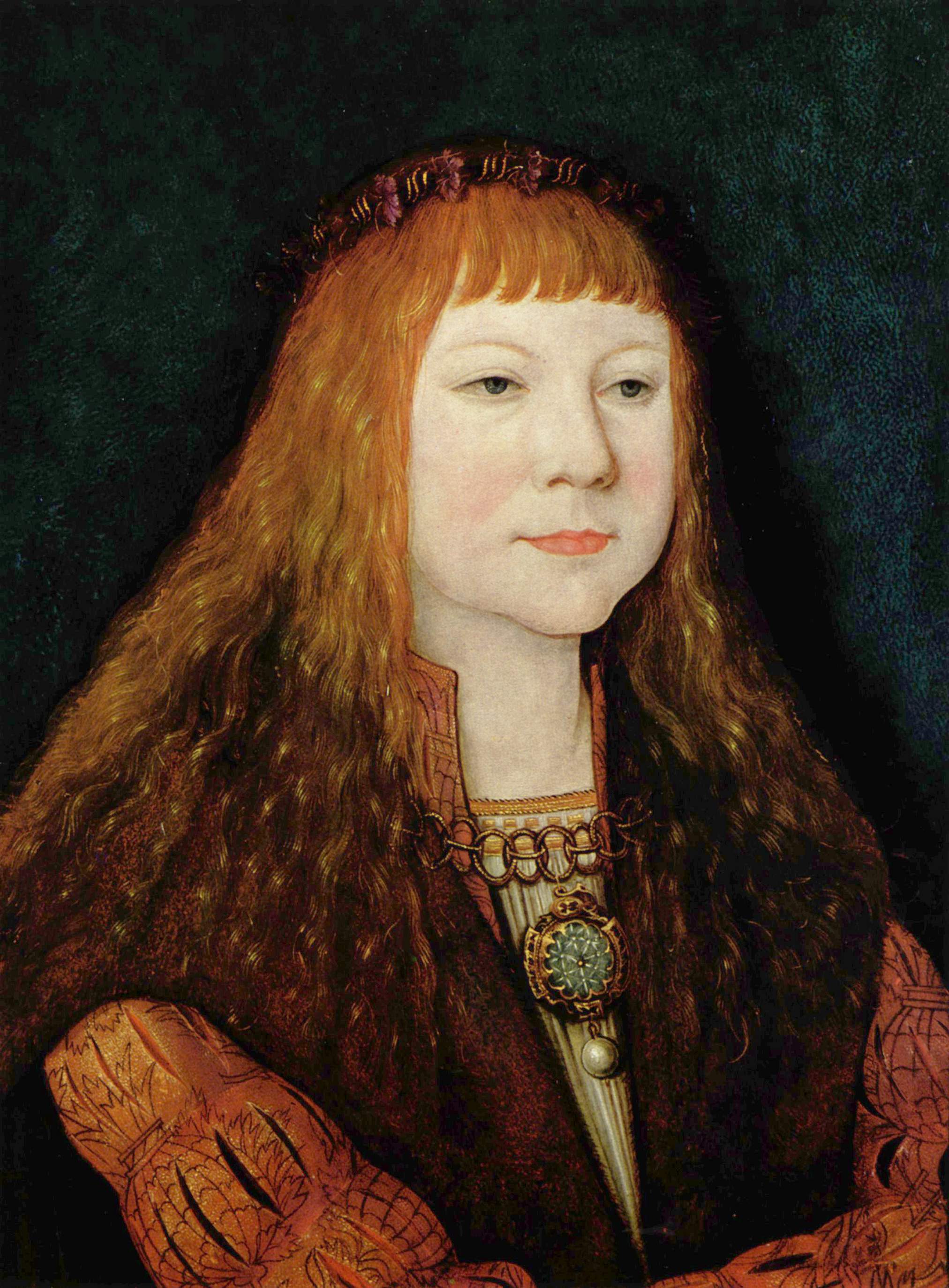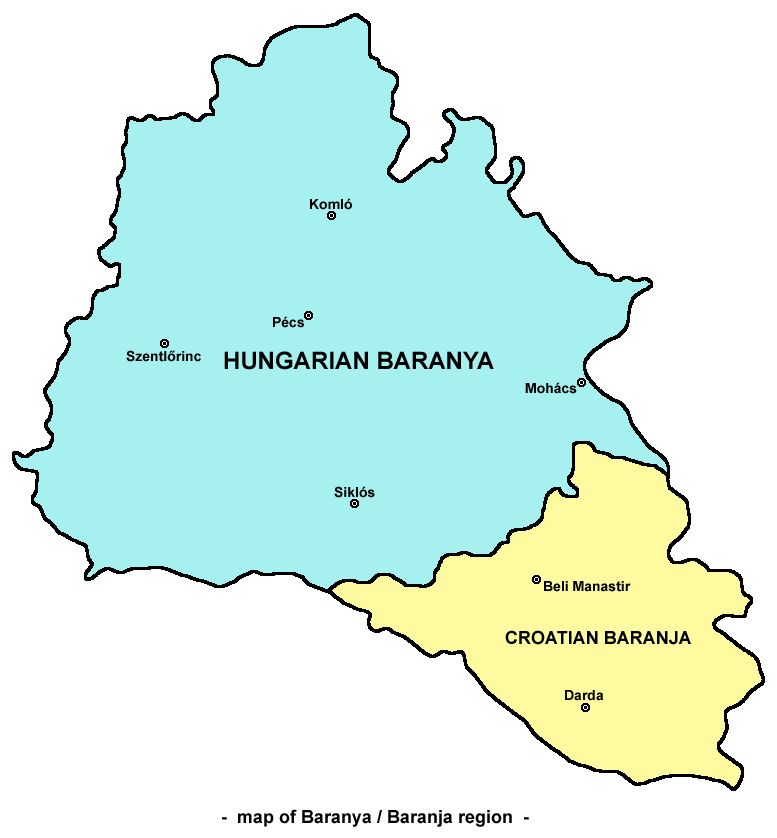|
Stefan Štiljanović
Stefan Štiljanović ( sr-cyr, Стефан Штиљановић; fl. 1498 – 1543) was the last prominent Serbian nobleman of the History of Ottoman Serbia, period of Ottoman subjugation of Serbia, and according to folklore, he was the last Despot of Serbia. He ruled a large territory under the Hungarian crown, due to his famed operations against the Ottoman Empire in the frontiers. Štiljanović is venerated as a List of Serbian saints, Saint in the Serbian Orthodox Church on the 4 October (Julian Calendar) or 17 October (Gregorian Calendar) which comes to the same thing. Life Štiljanović was born in Paštrovići (modern Montenegro). Paštrovići was mentioned in 1377 as one of the Serbian ''opština'', and in 1423 they became subjects of the Republic of Venice after signing a treaty amid the Ottoman expansion. He was elected the ''Knez (title), knez'' of PaštrovićiGregović in the Rezevici Monastery,Rakic 1985 and would be the last and most celebrated one. Štiljanov ... [...More Info...] [...Related Items...] OR: [Wikipedia] [Google] [Baidu] |
Paštrovići
The Paštrovići (, ; it, Pastrouichi, Pastrouicchi) is a historical tribe and region in the Montenegrin Littoral. Paštrovići stretches from the southernmost part of the Bay of Kotor, from the cape of Zavala to Spič. Its historical capital was the island of Sveti Stefan. From 1423 until 1797, with interruptions by the Ottoman Empire. It was part of the Kingdom of Dalmatia from 1815 to 1918, then Yugoslavia, then became part of Montenegro only after World War II. It is historically one of two major "maritime tribes", the other being Grbalj. Etymology The etymology of the name Paštrovići is unclear. Vukmanović says that the name ''Paštrović'' could have been derived from the word ''pastro'', a name which still exists in modern Albanian, being derived from ''pastër'', meaning "clean" in Albanian. Another theory proposes that the name could be related to the Vlach word ''pastor'' or ''paštor'', meaning “shepherd” in Latin. Kaser suggests a possible derivation from Sl ... [...More Info...] [...Related Items...] OR: [Wikipedia] [Google] [Baidu] |
List Of Serbian Monarchs
This is an archontological list of Serbian monarchs, containing monarchs of the medieval principalities, to heads of state of modern Serbia. The Serbian monarchy dates back to the Early Middle Ages. The Serbian royal titles used include Knyaz (Prince), Grand Župan (Grand Prince), King, Tsar (Emperor) and Despot. Early medieval Serbian states (7th century–1166) Vlastimirović dynasty (7th century–960) The Vlastimirović dynasty was the first royal dynasty of the Serb people. Byzantine emperor Constantine VII ''Porphyrogenitus'' (r. 913–959) mentions that the Serbian throne is inherited by ''the son'', i.e. the first-born, though in his enumeration of Serbian monarchs, on one occasion there was a triumvirate. ,, The Serbs established several polities by the 10th century: ''Serbia'' or ''Zagorje'' (''hinterlands'') which consisted of ''Serbia'' (known as "Rascia" in historiography of the High Middle Ages), and Bosnia; and ''Pomorje'' (''maritime'') which consist ... [...More Info...] [...Related Items...] OR: [Wikipedia] [Google] [Baidu] |
Opština
Opština, općina, občina, obshtina or obshchina, Cyrillic: општина, опћина or община, is a local government unit, most commonly translated as municipality in English English usually refers to: * English language * English people English may also refer to: Peoples, culture, and language * ''English'', an adjective for something of, from, or related to England ** English national .... It is used by the following countries: Notes and references Notes: References: {{DEFAULTSORT:Opstina Types of administrative division ... [...More Info...] [...Related Items...] OR: [Wikipedia] [Google] [Baidu] |
Orahovica
Orahovica is a town in Slavonia, Croatia. It is situated on the slopes of the mountain Papuk and positioned on the state road D2 Varaždin- Koprivnica- Našice- Osijek. History The name Orahovica is derived from the word ''orah'', meaning a walnut tree. Orahovica was first officially mentioned in the year 1228, in a historical document issued by king Andrew II. Ružica fortification, not far from Orahovica, was first mentioned in the year 1357 as a royal estate. In the 15th and the first half of the 16th century the town was a thriving community owned by various patricians ( Nikola Kont, Lovro Iločki, Ladislav Iločki, Ladislav More etc.) Suleiman I, in his 1542 campaign, conquered Orahovica. It was renamed as "Rahoviçe" and initially was kaza centre in Sanjak of Pojega, which initially part of Budin Eyalet (1542-1580), later in Bosna Eyalet (1580-1600) and finally in Kanije Eyalet. It became a notable sanjak centre in Kanije Eyalet in 1601. The Turkish rule lasted ... [...More Info...] [...Related Items...] OR: [Wikipedia] [Google] [Baidu] |
Novigrad Podravski
Novigrad Podravski is a municipality in the Koprivnica-Križevci County in Croatia. According to the 2011 census, there are 2,872 inhabitants in the area, with Croats forming a majority at 94.5%. History In the late 19th century and early 20th century, Novigrad Podravski was part of the Bjelovar-Križevci County of the Kingdom of Croatia-Slavonia. Religion Serbian Orthodox Church of Lazarus of Bethany, Lazarus of the Four Days was built in the village of Plavšinac in 1758. Its iconostasis was painted by the Montenegrins, Montenegrin painter Atanas Bocarić. Two of its icons are exhibited in the Museum of the Serbian Orthodox Church in Zagreb. Due to its cultural and architectural features building is classified as a protected cultural property. Image:Serbs and Croats in front of the Byzantine Emperor Basil II.jpg, Image:Serbs and Croats in front of the Rudolf II, Holy Roman Emperor.png, References Municipalities of Croatia Populated places in Koprivnica-Križevc ... [...More Info...] [...Related Items...] OR: [Wikipedia] [Google] [Baidu] |
John Zápolya
John Zápolya or Szapolyai ( hu, Szapolyai/ Zápolya János, hr, Ivan Zapolja, ro, Ioan Zápolya, sk, Ján Zápoľský; 1490/91 – 22 July 1540), was King of Hungary (as John I) from 1526 to 1540. His rule was disputed by Archduke Ferdinand I, who also claimed the title King of Hungary. He was Voivode of Transylvania before his coronation, from 1510 to 1526. Rise of the Szápolya family John was the oldest son of Count Stephen Zápolya and his second wife, Hedwig of Cieszyn. Stephen Zápolya was descended from a Croatian noble family from Slavonia. Their family name was derived from the Croatian phrase "za polje" (literally translated as "behind field"). Stephen became one of the wealthiest lords in the Kingdom of Hungary after inheriting the large domains of his brother, Emeric Zápolya, in 1487. Stephen Zápolya's marriage with the Silesian duchess, Hedwig, who was related to Emperor Maximilian I, increased the prestige of the Zápolya family. Habsburg-Jagiellon ... [...More Info...] [...Related Items...] OR: [Wikipedia] [Google] [Baidu] |
Ferdinand I, Holy Roman Emperor
Ferdinand I ( es, Fernando I; 10 March 1503 – 25 July 1564) was Holy Roman Emperor from 1556, King of Bohemia, King of Hungary, Hungary, and List of rulers of Croatia, Croatia from 1526, and Archduke of Austria from 1521 until his death in 1564.Milan Kruhek: Cetin, grad izbornog sabora Kraljevine Hrvatske 1527, Karlovačka Županija, 1997, Karslovac Before his accession as Emperor, he ruled the Erblande, Austrian hereditary lands of the Habsburgs in the name of his elder brother, Charles V, Holy Roman Emperor. Also, he often served as Charles' representative in the Holy Roman Empire and developed encouraging relationships with German princes. In addition, Ferdinand also developed valuable relationships with the German banking house of Jakob Fugger and the Catalan bank, Banca Palenzuela Levi Kahana. The key events during his reign were the conflict with the Ottoman Empire, which in the 1520s began a great advance into Central Europe, and the Protestant Reformation, which resul ... [...More Info...] [...Related Items...] OR: [Wikipedia] [Google] [Baidu] |
Louis II Of Hungary
Louis II ( cs, Ludvík, hr, Ludovik , hu, Lajos, sk, Ľudovít; 1 July 1506 – 29 August 1526) was King of Hungary, Croatia and Bohemia from 1516 to 1526. He was killed during the Battle of Mohács fighting the Ottomans, whose victory led to the Ottoman annexation of large parts of Hungary. Early life At his premature birth in Buda on 1 July 1506, the court doctors kept him alive by slaying animals and wrapping him in their warm carcasses as a primitive incubator. He was the only son of Vladislaus II Jagiellon and his third wife, Anne of Foix-Candale. Coronation Vladislaus II took steps to ensure a smooth succession by arranging for the boy to be crowned in his own lifetime; the coronation of Louis as king of Hungary took place on 4 June 1508 in Székesfehérvár Basilica, and his coronation as king of Bohemia was held on 11 March 1509 in St. Vitus Cathedral in Prague. King of Hungary and Croatia In 1515 Louis II was married to Mary of Austria, granddaughter of Empero ... [...More Info...] [...Related Items...] OR: [Wikipedia] [Google] [Baidu] |
Baranya (region)
Baranya or Baranja ( hr, Baranja, ; hu, Baranya, ) is a geographical and historical region between the Danube and the Drava rivers. Its territory is divided between Hungary and Croatia. In Hungary, the region is included into Baranya county, while in Croatia, it is included into Osijek-Baranja county. Name The name of the region come from the Slavic word 'bara', which means 'marsh', 'bog', thus the name of Baranya means 'marshland'. Even today large parts of the region are swamps, such as the natural reservation Kopački Rit in its southeast. Another theory states that the name of the region comes from the Croatian and Hungarian word 'bárány', which means ram of 'ovis'. History Historically, the region of Baranya was part of the Roman Empire, the Hunnic Empire, the Kingdom of the Ostrogoths, the Kingdom of the Lombards, the Avar Kingdom, the Frankish Empire, the Balaton Principality, the Bulgarian Empire, the Kingdom of Hungary, the Ottoman Empire, the Habsburg monarc ... [...More Info...] [...Related Items...] OR: [Wikipedia] [Google] [Baidu] |
Morović
Morović () is a village located in the municipality of Šid, Srem District, Vojvodina, Serbia. As of 2011 census, it has a population of 1,744 inhabitants. History In the Middle Ages, Morović was a notable town. It was built by Serbian despot Stefan Štiljanović in 1498. Štiljanović used Morović as his residence until he moved to Baranya, escaping the Ottomans. The Roman Catholic church of Saint Mary from the 13th century, built in both Romanesque and Gothic styles is a very noteworthy monument. It is located on a cemetery north of the village. The Serbian Orthodox church of the Nativity of Mary and the Roman Catholic church of Saint Roch are also located in the village. Historical population * 1961: 2,110 * 1971: 2,292 * 1981: 2,196 * 1991: 2,105 * 2002: 2,164 * 2011: 1,744 Geography Morović is located at the confluence of the Bosut and Studva rivers and is surrounded by opulent oak forests. The Adaševci interchange on the A3 motorway is located to the north of th ... [...More Info...] [...Related Items...] OR: [Wikipedia] [Google] [Baidu] |
Serbia
Serbia (, ; Serbian language, Serbian: , , ), officially the Republic of Serbia (Serbian language, Serbian: , , ), is a landlocked country in Southeast Europe, Southeastern and Central Europe, situated at the crossroads of the Pannonian Basin and the Balkans. It shares land borders with Hungary to the north, Romania to the northeast, Bulgaria to the southeast, North Macedonia to the south, Croatia and Bosnia and Herzegovina to the west, and Montenegro to the southwest, and claims a border with Albania through the Political status of Kosovo, disputed territory of Kosovo. Serbia without Kosovo has about 6.7 million inhabitants, about 8.4 million if Kosvo is included. Its capital Belgrade is also the List of cities in Serbia, largest city. Continuously inhabited since the Paleolithic Age, the territory of modern-day Serbia faced Slavs#Migrations, Slavic migrations in the 6th century, establishing several regional Principality of Serbia (early medieval), states in the early Mid ... [...More Info...] [...Related Items...] OR: [Wikipedia] [Google] [Baidu] |
.jpg)





